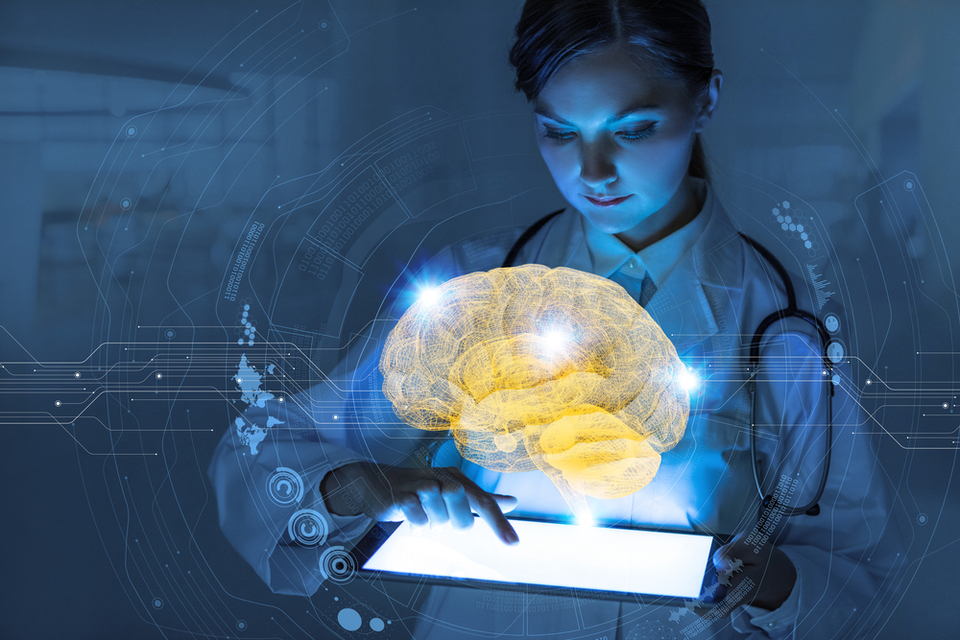A new study explored ways to reduce the risk of using Artificial Intelligence and Machine Learning in medical technologies.
Artificial intelligence now plays a significant role in our lives. Whether we want to harvest lettuce or write a book, machine learning techniques can make the process more comfortable than ever.
So, it’s not surprising that technology plays a vital role in the healthcare sector.
We now apply machine learning in medical technologies such as imaging diagnosis. That means, AI can spot malignant tumors in CT scans and mamograms faster and more accurately than the best doctors.
Also, ML techniques could enhance drug discovery and manufacturing.
For example, Microsoft‘s Project Hanover is using ML-based technologies for various initiatives. These include personalizing drug combinations for Acute Myeloid Leukemia and developing AI-based technology for cancer treatment.
While the benefits of AI and ML in medical technologies are undeniable, it comes with new risks and regulatory challenges. In a recent paper published in Science, a team of researchers explored these challenges.
The author explained:
“Our goal is to emphasize the risks that can arise from unanticipated changes in how medical AI/ML systems react or adapt to their environments.”
Among other questions, the researchers asked: What new risks do we face as AI/ML devices are developed and implemented?
How to Regulate AI and Machine Learning in Medical Technologies
Before now, the United States‘ FDA only approved medical AI-based software with locked algorithms. That means the algorithm will produce consistent results every time, and not change with use.
However, using machine learning in medical technologies gives a model the ability to learn and evolve in response to new data. Such an adaptive algorithm creates what’s essentially a learning healthcare system.
Considering the significant value of an adaptive system, regulators today are faced with one of two options.
They could either limit authorization to the submitted version of the technology or allow an algorithm that can learn and adapt to new conditions. While the former option is safe and effective, the latter offers higher value, and could potentially change the healthcare system.
In the end, the researchers concluded that the key to strong regulation is to prioritize continuous risk monitoring.
The researchers recommend developing a new process that’ll enable regulators to monitor, identify, and manage associated risks. They further suggested assigning the task to an automated system.
“To manage the risks, regulators should focus particularly on continuous monitoring and risk assessment, and less on planning for future algorithm changes,” says the study.



















Comments (0)
Most Recent